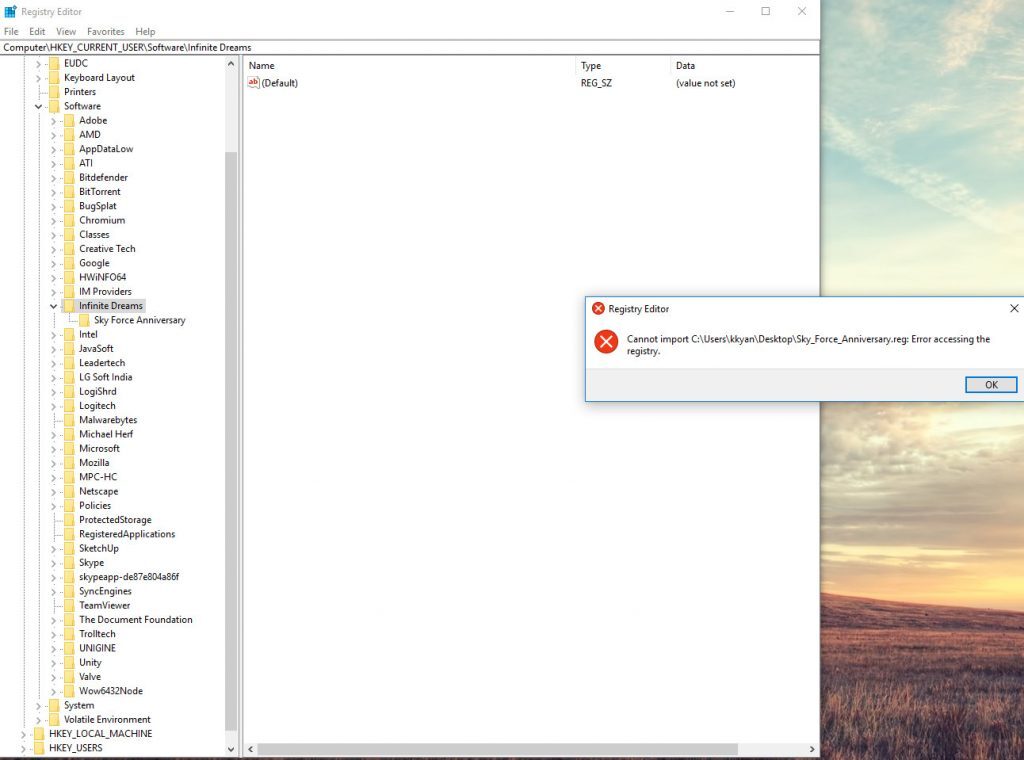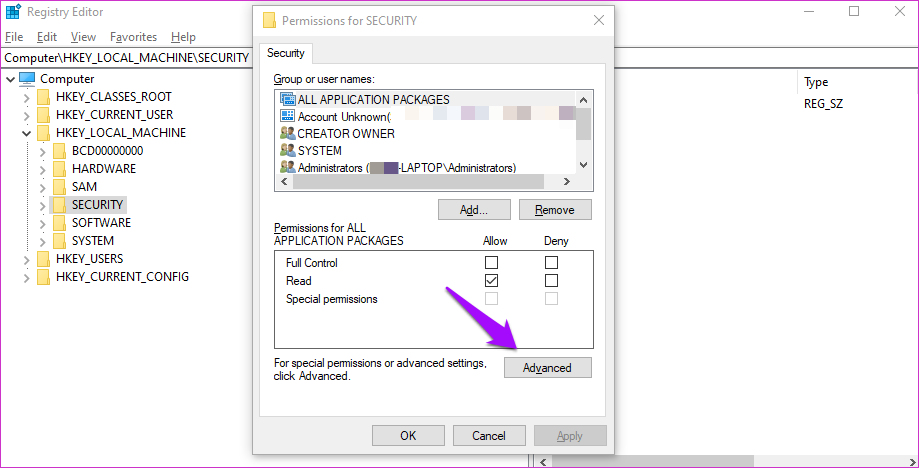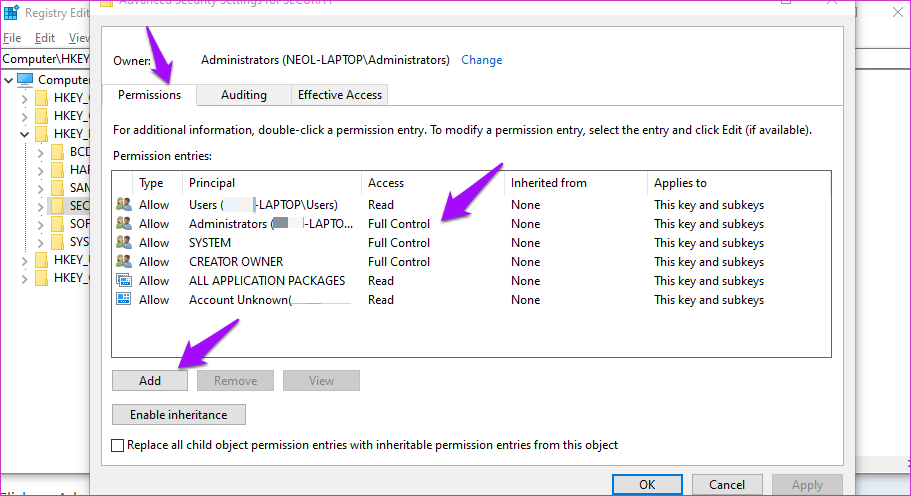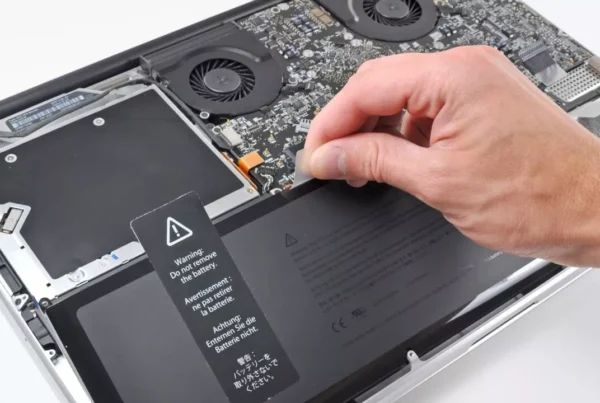RECOMMENDED: Click here to fix Windows errors and get the most out of your system performance
When you try to import a registry (.reg) file by double-clicking it or using the Import option from Registry Editor, the following error occurs. As a consequence, the .reg file is not imported.
registry editor
Cannot import filename.reg: The specified file is not a registration script. You can only import binary log files from the registry editor.

El archivo de entrada de registro (.reg) se usa para agregar, modificar o borrar entradas de registro. El Editor del registro (regedit.exe) usa archivos .reg para importar y exportar subclaves y valores del registro. Puede usar estos archivos .reg para repartir los cambios del registro entre varias computadoras con Windows. Cuando ejecuta un archivo .reg, el contents del archivo se fusiona con el registro local.
Import the log file with administrator privileges
As several concerned users have indicated, there is a high chance that you are facing a privilege issue. The Registry Editor utility probably does not yet have sufficient privileges to merge the file. This is quite common on new installations of Windows where Registry Editor has not yet been opened.
Several users who had trouble fixing the same error message reported that the issue was finally resolved after opening Registry Editor with administrator privileges and using the Import menu to merge the files. Here's a quick guide on how to do this:
- Press Windows + R to open a Run dialog box. Then type “regedit” and press Ctrl + Shift + Enter to open Registry Editor with administrative privileges.
- En el mensaje UAC (Control de cuentas de Username), seleccione Sí para brindar privilegios administrativos.
- From the ribbon at the top of the Registry Editor, go to File > Import.
- Use the Import menu to navigate to the location of the file you want to merge. Once there, select it and click Open to merge it with your current record.
Granting permissions on the registry

a) Click Start
b) In the regedit search field
(c) Go to "Editing and authorizations
d) Click on the Advanced tab and select Permissions
e) Select User/Group in the permission windows or click Add to add more users or groups.
f) In the "Permission" column, under "Permission", check the "Full Control" checkbox to grant full access rights.
g) Click OK for the changes to take effect and click OK to exit the properties window.
Take ownership of the record.
a) Click Start
b) In the regedit search field
(c) Go to "Editing and authorizations
d) Click on the Advanced tab and select the owner
e) Click the "Edit" button and select a user from the "Change Ownership" list if the user or group is not included in the specified list.
f) You can also provide full access by adding everything.
g) Click Other Users or Groups, type All in the field provided, and click OK.
h) Now select User/Group and click Apply and OK. Check Replace owners on subcontainers and items if you have files and folders in the chosen folder.
Click OK when the Windows security message appears.
The owner's name should have changed by now. Click OK to exit.

File format
No descargue ni importe archivos de registro de fuentes desconocidas o inseguras. Dicho de otra forma, manténgase alejado de los sitios de shareware, torrents y sitios nuevos o desconocidos. Estamos hablando de cambios en el sistema, y no debe tomar esto a la ligera bajo ninguna circunstancia. Además asegúrese de que el archivo tenga el formato correcto y termine con una extensión .reg. Seleccione el archivo, haga clic derecho sobre él y elija Propiedades en el menú contextual para confirmar la amplitud.
blank line
Do you see the error "The specified file is not a recording script" when importing a recording file? Open the .reg file in Notepad or your favorite text editor and verify that the first line of the file is empty.
Delete the blank line, if it is there, save the file and try to import it again in Registry Editor. Do not attempt to change the code values in this registry unless you are sure.
RECOMMENDED: Click here to fix Windows errors and get the most out of your system performance






